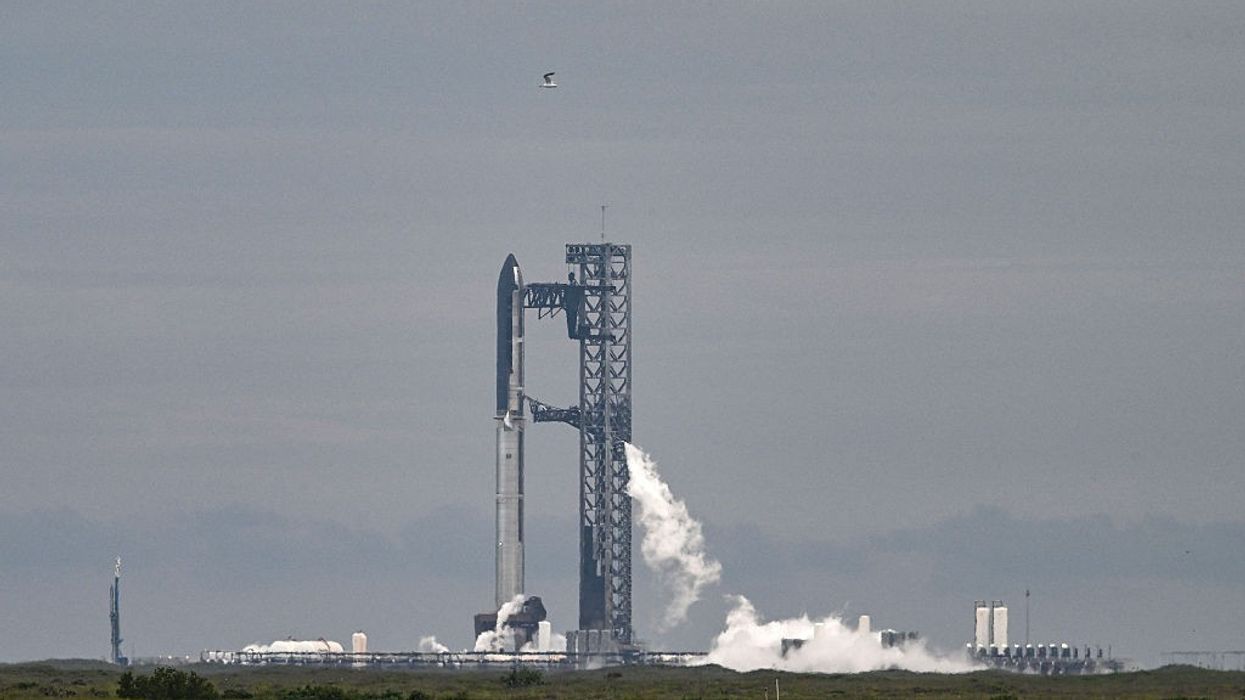Highlights:
- SpaceX called off Starship launch 30 minutes before liftoff at Starbase, Texas.
- Company cited “ground system issues” and plans to retry on Monday.
- Starship’s past test flights in January, March, and May ended in explosions.
- The rocket is central to Musk’s Mars colonization vision and NASA’s lunar plans.
- Latest test aimed to deploy mock Starlink satellites and attempt orbital engine reignition.
Elon Musk’s SpaceX called off the tenth test flight of its Starship megarocket on Sunday (24), due to an issue with ground systems at its Texas launch facility. The liftoff was scheduled for the evening at the Starbase facility near Boca Chica, Texas, but was aborted roughly 30 minutes before launch to allow SpaceX engineers time to troubleshoot the problem. The company announced the delay via social media, stating it was “standing down today’s flight to allow time to troubleshoot an issue with ground systems” and said it intended to attempt the launch again on Monday (25).
This postponement marks the latest setback in a series of challenges for the Starship development program. Earlier in 2025, three test flights of the Starship’s upper stage ended in mid-flight explosions, and a “static fire” ground test in June resulted in a massive launchpad explosion. Despite these failures, SpaceX aims to eventually make Starship fully reusable—a key part of founder Elon Musk’s long-term vision of colonizing Mars.
The Starship vehicle stands 403 feet (123 meters) tall and consists of two stages: the Super Heavy booster and the Starship upper stage, which serves as the spacecraft itself. The upcoming test flight was designed to push these systems through a series of complex maneuvers, including separation of the upper stage tens of miles above the ground, a soft water landing of the booster in the Gulf of Mexico, and a suborbital arc for the upper stage attempting to deploy mock Starlink satellites.
The ability of Starship to refuel in orbit and perform rapid, low-cost reuse are among the significant technical hurdles still facing SpaceX. While the company has successfully caught the Super Heavy booster with giant mechanical "chopstick" arms on previous flights, the upcoming mission was not set to attempt catching the booster, instead testing a backup engine configuration via a splashdown.
SpaceX maintains a “fail fast, learn fast” philosophy, embracing iterative testing even when it means frequent failures. However, the string of recent setbacks has raised doubts within parts of the aerospace community and among analysts about Starship’s reliability and whether it can fulfill Musk’s ambitious goals of transporting humans to Mars and supporting NASA’s crewed lunar missions slated as early as 2027.
NASA plans to use a customized version of Starship for its Artemis program, aiming to return astronauts to the Moon for the first time since 1972. Success of the system is critical not only for NASA but also for SpaceX’s future as it plans to phase out its Falcon rockets in favor of Starship.
Despite technical and financial challenges, SpaceX continues to produce new Starship prototypes and plans to quickly retry the launch. Environmental concerns about launches have been raised by local groups, but Musk remains optimistic about Starship’s potential and has hinted at crewed Mars missions as early as 2029 to 2031.
For now, space enthusiasts will have to wait a little longer as SpaceX works to resolve ground system issues and prepares for another launch attempt expected within the next few days. The mission remains a pivotal test for the world’s largest rocket and a crucial step toward Musk’s vision of making humanity a multiplanetary species.















